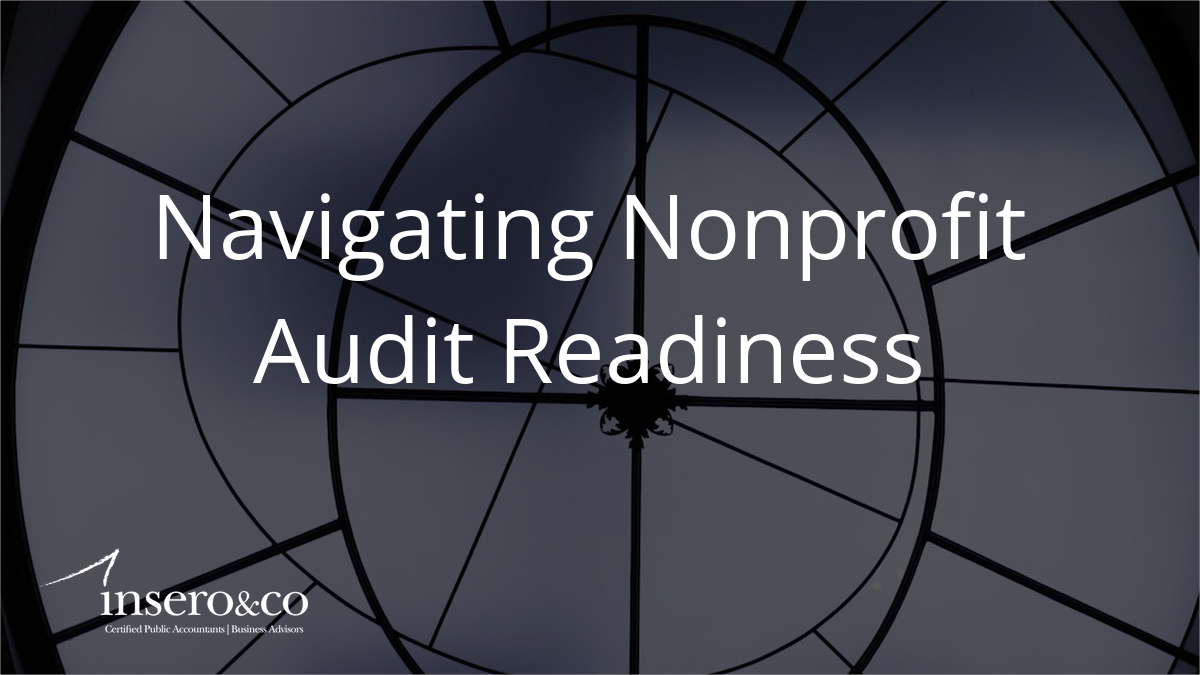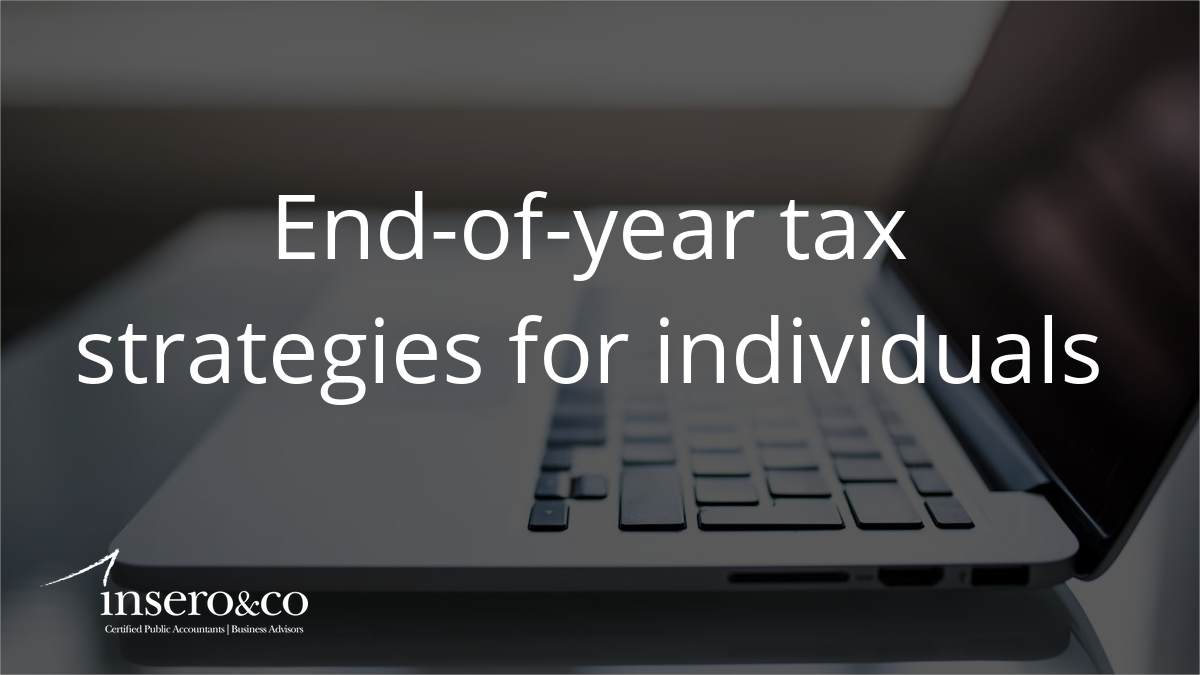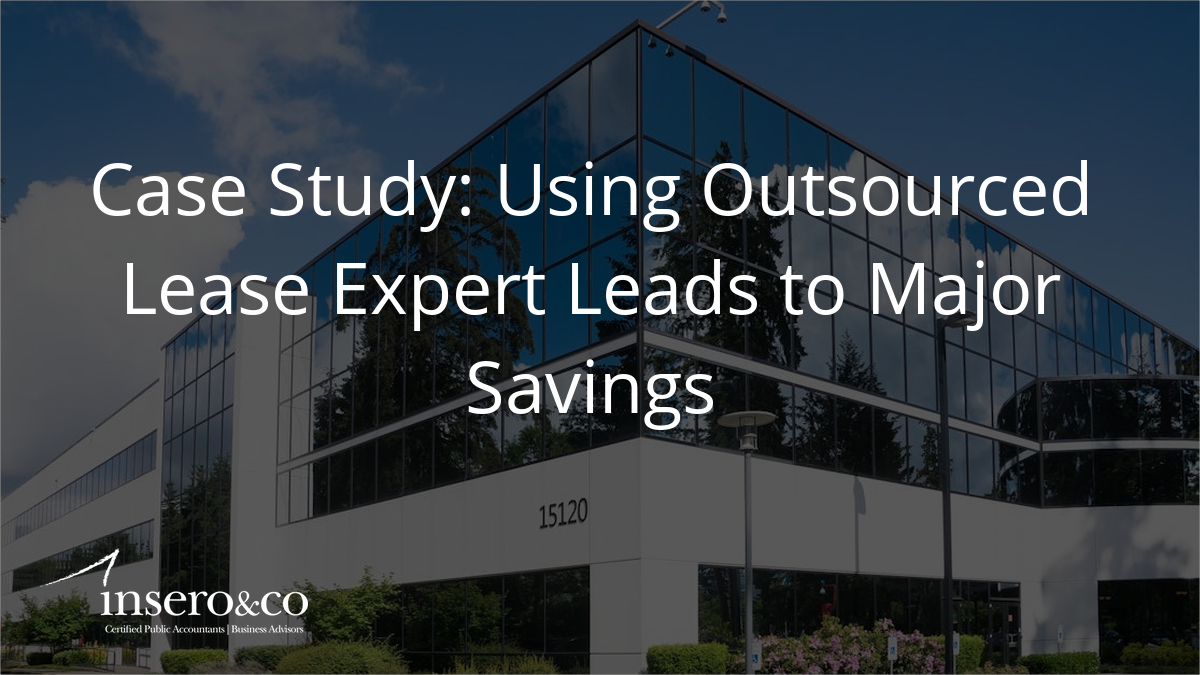Reduce Risk with 3 Accounting Best Practices for Nonprofits
Nonprofits want to focus on their mission, but that can be difficult to do when you’re constantly battling issues related to security, privacy, fraud, compliance, ethics, and more. These three accounting best practices can help you rein in risks and spend more time devoted to tasks that can help you achieve your goals and move the organization forward.
Best practice #1: Use accounting software designed for nonprofits
Nonprofits face different accounting challenges than for-profit enterprises, so it only makes sense to use accounting software designed to address those challenges. Look for software that’s used by nonprofits nationwide and that includes features like custom dashboards that allow you to track volunteer hours, grants, and other nonprofit-specific concerns.
Sage Intacct, the best-in-class cloud-based accounting software solution, is one such solution that can help you make everyday processes—budgeting, forecasting, grant management, fundraising, and HR management—more efficient. The software’s multidimensional database lets you aggregate transactions and activities across multiple grants, donors, locations, and more, so you can close faster and use real-time analytics to support better decision-making.
As an example of a nonprofit-specific solution, Sage Intacct and GuideStar have created a GuideStar nonprofit financial board book that delivers real-time visibility into several key facets of nonprofit operations. With real-time balance sheets, expense data, and revenue pulled directly from Sage Intacct, you can easily view financial health, mission impact, and sustainability.
Best practice #2: Implement internal policies and a code of ethics
Preventing fraud is absolutely essential, but doing so can be challenging. First, make sure you create internal policies and controls that are thorough and updated on a regular basis. Then implement a code of ethics to show your donors, employees, and board of directors the values of your organization.
Of course, creating policies and codes is only effective if they’re followed. Look for ways to involve employees, the board, and others in the creation of policies so they feel connected to them. Provide follow-up training to ensure the rules are followed and to answer any questions as they come up. And make sure that leadership sets the example and shows not only adherence to policies but an ongoing commitment to making them central to your organization.
Best practice #3: Spread financial practices across personnel
Another way to reduce the risk of fraud is to assign financial tasks to different employees across the organization. Results should remain the same. If they do not—if there are discrepancies, errors, or delays—then you can troubleshoot and determine what type of error is taking place and how to address it.
Spreading financial tasks to multiple employees also ensures that more than one employee knows how to complete each task. That’s a big help if employee turnover takes place. In the worst-case scenario where fraud is taking place, it also gives you a better chance of identifying it early so you can take corrective action.
Learn more
Insero & Co. is a public accounting firm with decades of experience working with nonprofit organizations. Our experts are available to help you identify the best practices that can help your organization reduce risk, streamline operations, and achieve your mission.





